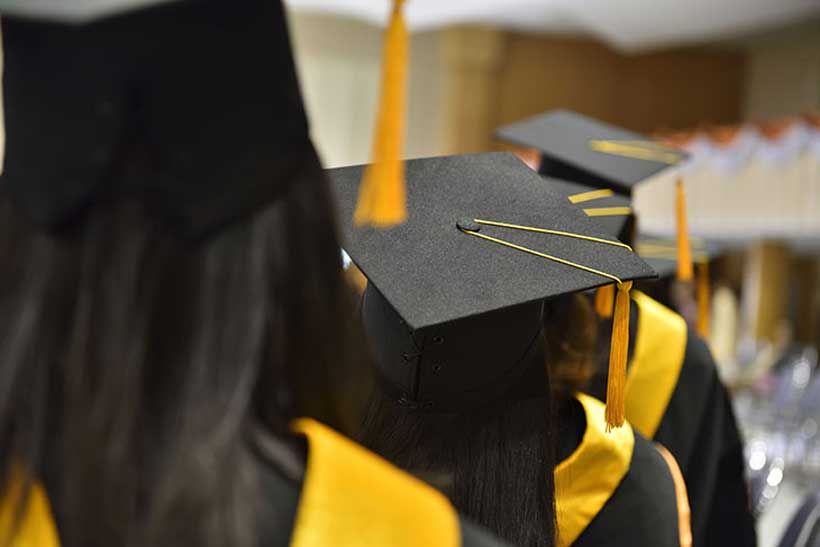The US issued 82,000 student visas to Indian students to date in 2022 . No other country has been issued as many visas by the US. The US Embassy in a tweet said:
‘The US Mission in India has issued a record breaking 82,000 #studentvisas in 2022 to date, higher than any other country. This shows that the US remains the most- sought after country for higher education’.
The news of US issuing such a large number of visas to Indian students comes at an important time. First, while Chinese students have been the largest group within the international student community — in the US — for very long, there has been a decrease in the number of Chinese students enrolling at US universities. While the drop in enrollment of Chinese students has been more pronounced in the aftermath of covid19 as well as deterioration of bilateral ties between Washington and Beijing . The Trump Administration had taken important steps to prevent access of Chinese students to sensitive technologies. In May 2020, the Trump Administration issued a proclamation which would not permit issuance of F1 and J1 visas to Chinese students linked to any institution implementing China’s military-civil fusion strategy’ in courses, where they may get access to sensitive technology (a number of visas were also revoked through this proclamation). It would be pertinent to highlight the fact that the drop in Chinese students has been accompanied by a rise in the number of Indian students enrolled in US universities.
The Biden Administration in order to counter China’s increasing strength in Science Technology, Energy and Management STEM is trying to attract talented students in these streams, and has introduced a number of changes. First, international students in more (22) STEM related subjects, related to climate change, analytics, can stay in the US for a period of three years after completion of their study under the STEM Optional Practical training program (OPT) program. Second, J1 students in STEM subjects will also be given OTP for a period of three years. Third, the US government will try to make it easier for graduates in certain STEM subjects to stay on an O-1A Visa (people with extraordinary ability) for staying in the US, and even make it easier for individuals with exceptional skills to secure a national interest waiver which will enable them to get a green card
Second, Canada has been slow to process student visas compelling many students from India to defer their plans. Apart from this, there has also been a rise in the number of student visa applications which have been rejected (visa refusal rates have been estimated at 41%). The reasons cited for the rejection according to reports are Canada’s objective of diversification in its application pool from India (while earlier the bulk of applications were from Punjab and to some extent in Haryana, now there is an increase in students from other states applying) as well as diversifying the international student community from South Asia. Canada on its part has said that each application is viewed purely on its individual merit.
With ties between China and US likely to deteriorate even further, and the US seeking to attract talented professionals, Indian students, especially in STEM related subjects can explore opportunities in the US. Canada which for long has been home to a large Indian community is likely to remain an attractive destination for a number of reasons, but students from India will be closely watching the policy changes which the US is introducing to attract talent for giving a boost to its research in STEM related disciplines.
In conclusion, it is important for Indian students to focus on skills and excellence. It is also crucial to remain in sync with the changing economic landscape, and make use of the opportunities arising as a result of revisions made by the US in its policies relating to student visas as well as optional practical training (OPT).
It is also important for prospective students and their families to think of enrolling in courses which may be beneficial in the longer run. Here it would be pertinent to point out, that a lot will also depend not just on the US Presidential 2024 election results, and the approach of Republicans in the run up to the campaign – especially Trump – towards international students. Any uncertainty in US policies vis-à-vis student visas, work visas and immigration will prevent students from countries other than China to look at options like UK, Canada and Australia which in recent years have also been favored destination for international students – especially from India. If there is a bi-partisan consensus, with regard to attracting talent from different parts of the world to contribute towards US’ mission of strengthening R and D, there could be a further rise in Indian students enrolling in US universities.


